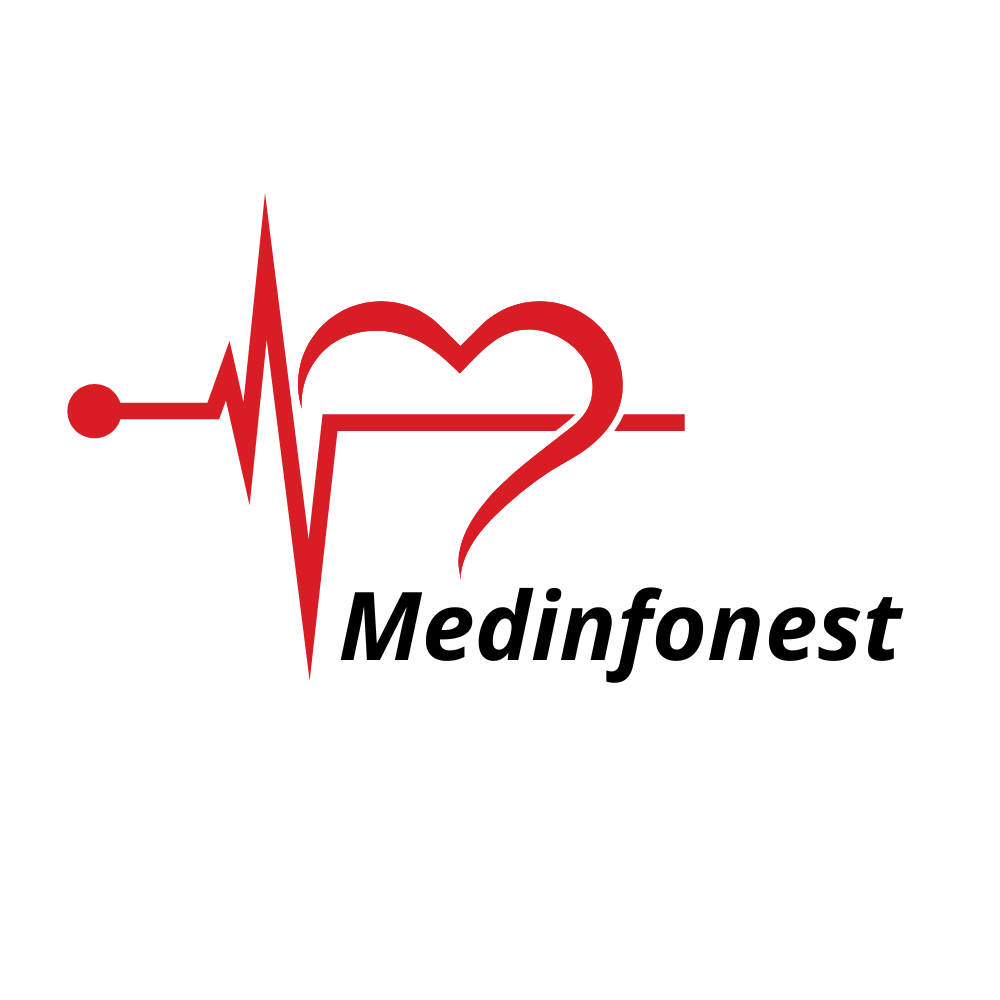What Are Femur Fractures?
A femur fracture refers to a break in the thigh bone. This can happen due to high-impact trauma, such as car accidents, falls, or sports injuries. The severity of the fracture varies from minor cracks to complete breaks.
Types of Femur Fractures
There are several types of femur fractures, including:
- Transverse Fractures: A horizontal break across the femur bone.
- Oblique Fractures: An angled break in the bone.
- Comminuted Fractures: The bone shatters into several pieces.
- Compound Fractures: When the bone pierces through the skin.
Causes of Femur Fractures
They usually occur due to high-impact accidents. Common causes include:
- Car accidents
- Falls from a height
- Direct impact during sports
- Weak bones from conditions like osteoporosis
Symptoms of Femur Fractures
The symptoms of femur fractures can include:
- Severe pain in the thigh
- Swelling and bruises
- Inability to bear weight on the leg
- Deformity in the thigh area
Early diagnosis and treatment can prevent complications. You can learn more about time management when dealing with injuries like this.
Diagnosis
Doctors use several methods to diagnose them. These include physical examinations and imaging tests such as X-rays or CT scans. Early diagnosis ensures prompt treatment and reduces recovery time.
Treatment Options
- Surgery
Surgery is often required for femur fractures, especially if the bone is displaced. Common procedures include:
- Internal Fixation: Using metal rods, screws, or plates to hold the bone together.
- External Fixation: A frame outside the body stabilizes the bone while it heals.
- Total Knee Replacement (TKR): In some cases, a TKR might be necessary for severe fractures involving the knee joint.
- Rehabilitation
Rehabilitation is crucial after surgery. Physical therapy helps restore strength and mobility. Building biceps and back strength can support better recovery. Patients will need to learn proper weight-bearing techniques to avoid further injury. - Medication
Pain relief is essential during recovery. Doctors may prescribe anti-inflammatory drugs or painkillers. Always follow the prescribed dosage to prevent complications like high anion gap metabolic acidosis.
Complications
- Blood clots
- Infection from surgery
- Improper healing or malunion
- Kidney biopsy issues due to prolonged medication use
Preventing complications requires careful follow-up with your doctor and adherence to the treatment plan.
Prevention of Femur Fractures
Preventing these fractures is possible with certain lifestyle adjustments:
- Engage in morning walks and regular exercise to strengthen bones and muscles.
- Eat a diet rich in calcium and vitamin D for bone health. Consider a cholesterol-lowering diet if you’re at risk of bone degeneration.
- Avoid activities that involve high-impact risks without proper safety equipment.
- Address any underlying health conditions like osteoporosis or CKD that weaken bones.
Living with a Femur Fracture
Recovering from a femur fracture takes time. Proper care and rehabilitation can lead to full recovery. Use 22 life-changing hacks to stay positive during the recovery process. Support from family and friends can help manage the emotional toll of long-term recovery.
When to See a Doctor
Seek medical attention immediately if you experience:
- Intense pain that doesn’t subside
- Inability to move the leg
- Any sign of infection around the surgical site
Regular check-ups can help monitor healing progress and prevent any long-term effects.
Internal Links for Related Health Topics
You can learn about Kaposi Sarcoma and its effects on the body.
Discover how soft tissue sarcoma can affect overall health.
Understand the importance of typhoid immunisation after injury.
Explore the connection between renal replacement and bone health.
Please find out about the risks of disc herniation and how it relates to femur fractures.
Conclusion
These fractures are serious but treatable with the right medical intervention. Proper care, surgery, and rehabilitation can help patients return to their daily lives. With the right precautions, you can reduce the risk of such fractures and ensure better bone health.
Frequently Asked Questions (FAQs)
What causes femur fractures?
Femur fractures are caused by high-impact trauma, such as car accidents, falls, or sports injuries.
How is a femur fracture diagnosed?
Femur fractures are diagnosed through physical examinations and imaging tests like X-rays or CT scans.
What are the treatment options for femur fractures?
Treatment includes surgery, physical therapy, and medications to manage pain and inflammation.
Can femur fractures heal without surgery?
In some cases, minor fractures may heal without surgery, but most severe fractures require surgical intervention.
How long does recovery from a femur fracture take?
Recovery can take several months, depending on the severity of the fracture and the treatment plan.
What are the complications of femur fractures?
Complications include blood clots, infections, and improper bone healing.
How can I prevent femur fractures?
Prevent them by engaging in regular exercise, eating a balanced diet rich in calcium, and avoiding high-risk activities.
How do I manage pain from a femur fracture?
Pain can be managed with prescribed medications and physical therapy.
Are femur fractures common in older adults?
Yes, These are more common in older adults due to weakened bones from osteoporosis.
When should I see a doctor for a femur fracture?
You should seek medical attention immediately if you experience severe pain, swelling, or inability to move the leg.












